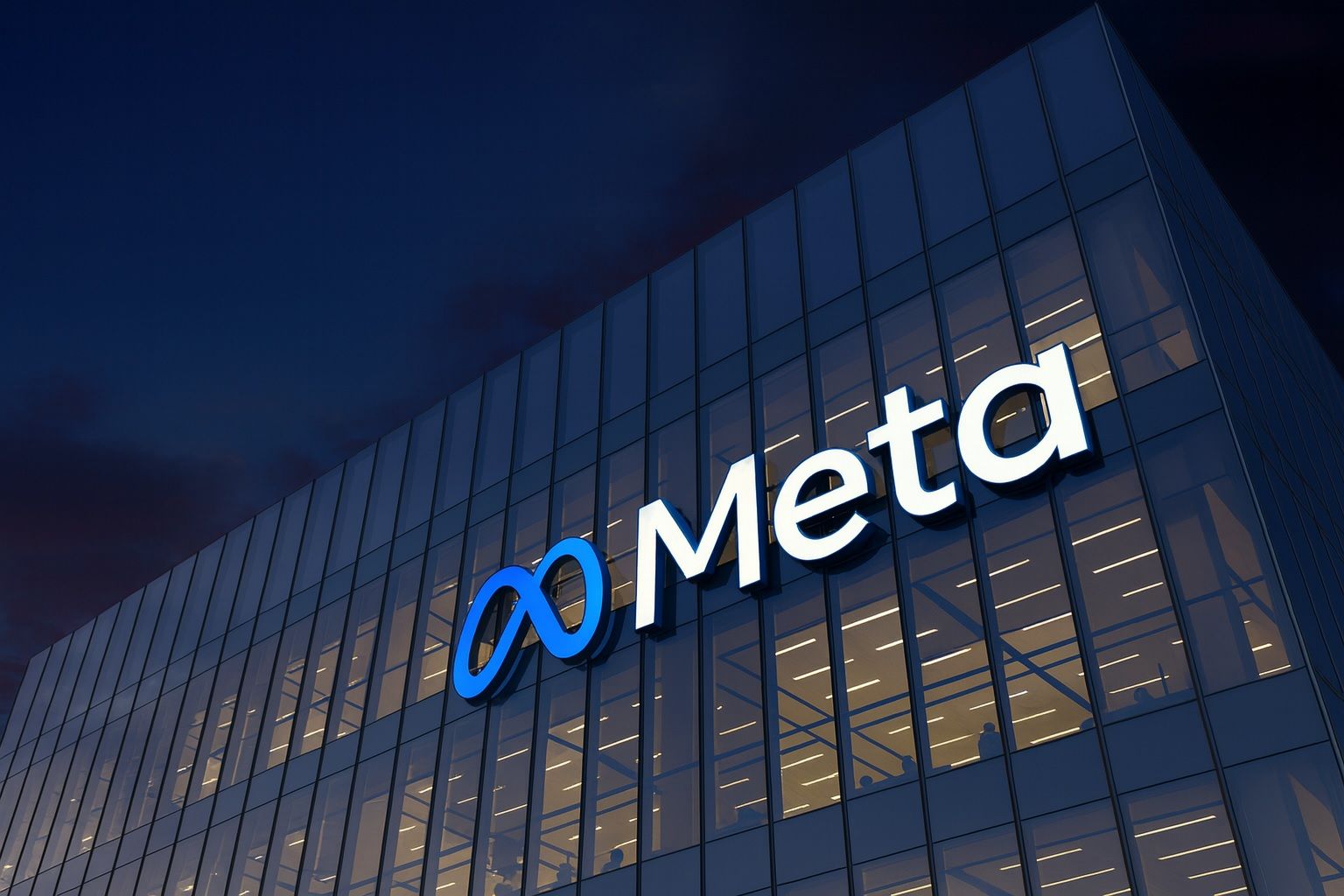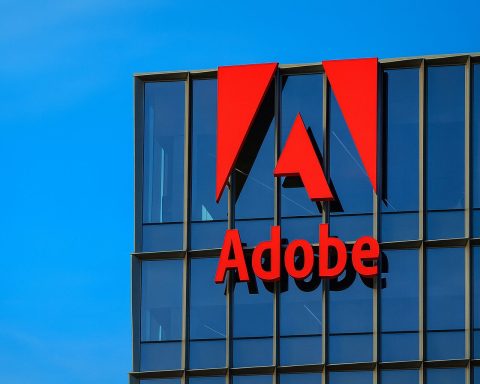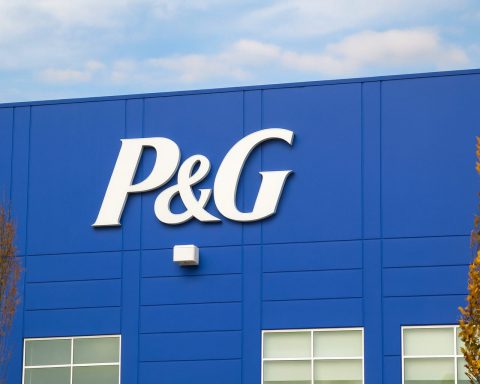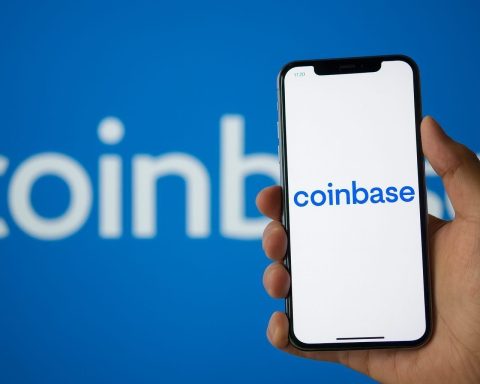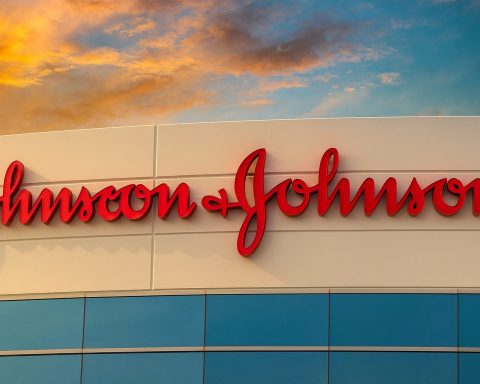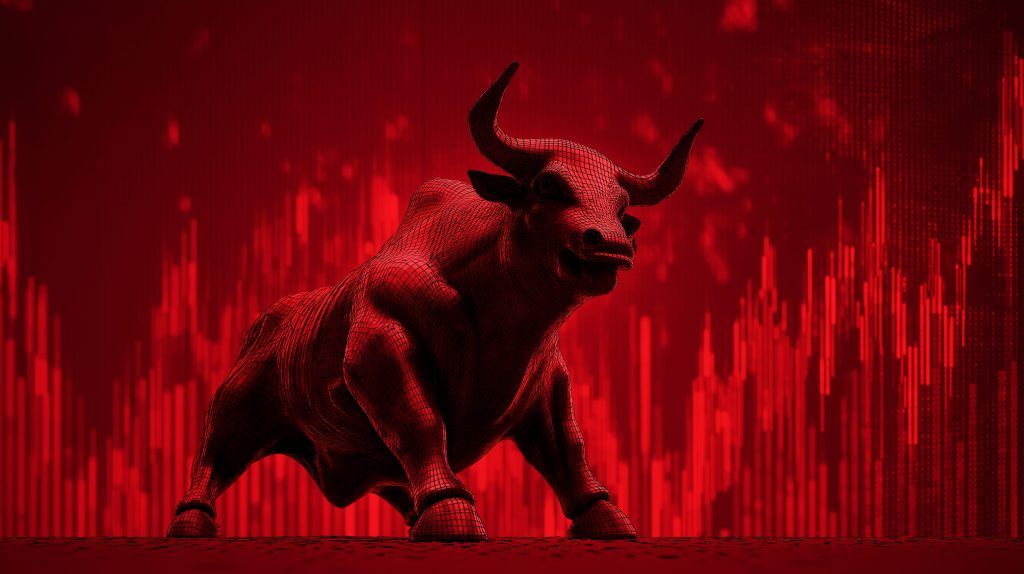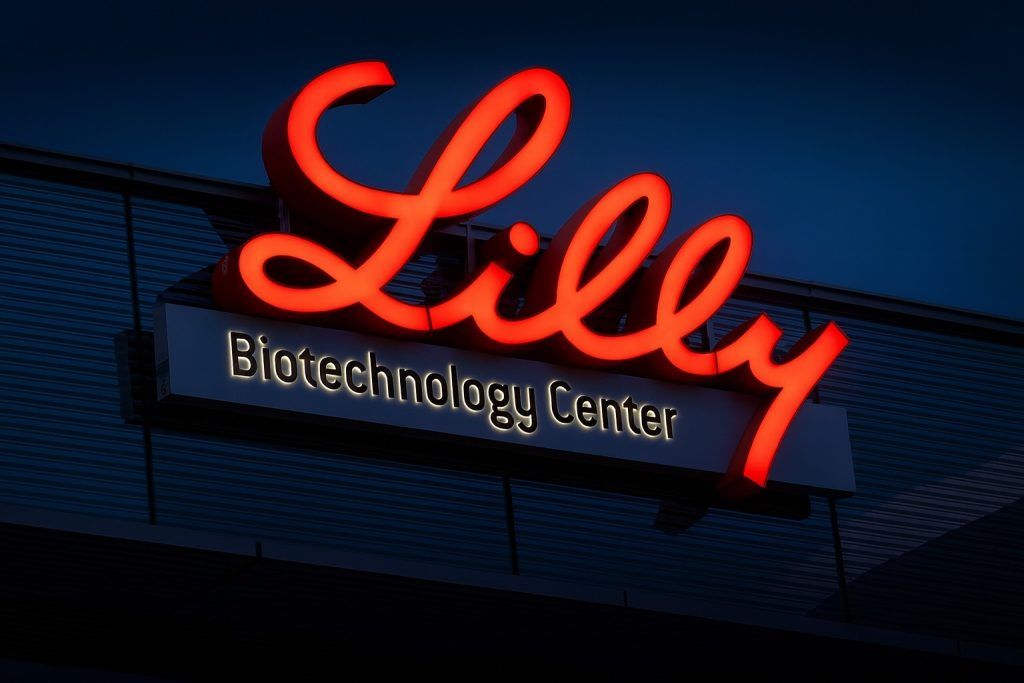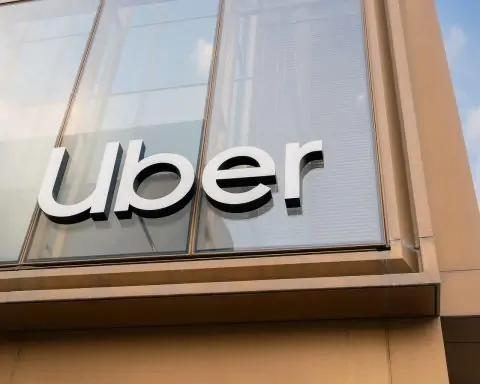- Stock price near records: META shares have surged to the mid-$700s in late October 2025 [1], just below the all-time high of ~$789 hit in August. The stock closed around $752 on Oct. 29 [2] (roughly flat for the day) after a 25–30% year-to-date gain [3] [4]. It then dipped about 6–9% in after-hours trading following the Q3 results [5] [6], though it has since bounced back. (Analysts’ consensus 12-month price target is around $825–875, implying further upside [7] [8].)
- Mixed Q3 results: Meta reported Q3 2025 revenue of $51.24 billion (up ~26% YoY), above estimates [9]. However, GAAP earnings took a hit from a $15.9 billion tax charge related to new U.S. tax rules, dragging EPS to just $1.05 (far below forecasts around ~$6.70) [10]. Excluding that one-time item, adjusted EPS was about $7.25 [11]. Management guided Q3 revenue to $47.5–50.5 billion (~+20% YoY) [12] and sees Q4 around $56–59 billion [13]. Meta also raised its 2025 capital‐expenditure forecast to roughly $70–72 billion [14], reflecting its massive AI data-center buildout.
- Major AI investments: Meta is doubling down on AI and infrastructure. It unveiled a $27 billion “Hyperion” data center project in Louisiana via a joint venture with Blue Owl Capital [15]. Meta will contribute land and hold 20% of the venture (while receiving ~$7 billion up front), with investors funding the rest [16]. CFO Susan Li called this “a bold step forward” for Meta’s AI ambitions [17]. Meta is also set to acquire AI-chip startup Rivos (RISC-V semiconductors) for about $2 billion [18], to build more of its own custom AI processors instead of relying solely on Nvidia. These moves will give Meta vast computing power and storage as it trains ever more complex AI models.
- Talent push and reorganization: CEO Mark Zuckerberg has been on an aggressive hiring spree for AI researchers. For example, reports say he offered co-founder of AI startup Thinking Machines, Andrew Tulloch, a compensation package worth as much as $1.5 billion over several years [19]. Meta even dangled $100 million signing bonuses to lure top talent [20]. At the same time, an internal memo revealed Meta will cut about 600 jobs (roughly 20% of its AI “Superintelligence” lab) to flatten decision-making and speed execution [21]. Management says the reorganization will make teams “more flexible,” even as overall investment in AI and talent remains sky-high [22] [23].
- New AR hardware: Meta is also pushing into augmented reality devices. At its late-September Connect event, it launched the Ray-Ban Meta “Display” glasses – prescription-style smart glasses with an embedded display – priced at $799 [24]. Zuckerberg touted them as an “ideal form factor for personal superintelligence” [25], although the demo had glitches. Initial indications are strong: Meta later said the new Ray-Ban Displays sold out quickly, with in-store demos booked out weeks in advance [26]. Analysts note this represents Meta’s latest metaverse/AR bet, even as competitors (like Apple) remain in earlier stages of development.
- Core ad business strong: Behind the scenes, Meta’s advertising platform continues to drive growth. In Q2 2025 (the June quarter), Meta saw 22% revenue growth (~$47.5B) [27], powered by rising daily users and AI-enhanced ad targeting. Ad impressions and prices both rose in Q2, and social video formats (Reels) are projected to account for a large share of ad sales [28]. This healthy cash flow – Meta still had ~$25.6B of operating cash in Q2 [29] – gives the company room to fund its heavy AI and metaverse investments without jeopardizing the core business.
- Regulatory/legal risks: Meta faces a growing compliance squeeze, especially in the EU. In late Oct., EU regulators unveiled preliminary findings that Facebook and Instagram violated the new Digital Services Act by making it hard for users to flag illegal content and hard for researchers to access data [30]. A related Bloomberg/Reuters report said the EU plans to formally charge Meta with failing to police illegal posts on its platforms [31]. If confirmed, Meta could face fines up to 6% of global revenue [32] [33] (potentially billions of dollars). In the U.S., the FTC’s antitrust suit seeking to break up Instagram/WhatsApp is still pending (trial likely in 2026). So far these legal issues haven’t halted the stock rally, but they add some uncertainty to the outlook.
- Analyst outlook & sentiment: Wall Street remains broadly bullish on Meta. Nearly 85% of analysts rate META a “Buy” or “Strong Buy” [34]. The average 12-month price target is in the $825–900 range [35] [36]. Major firms like Bank of America, HSBC and Stifel have set targets around $875–900 [37] [38]. For example, BofA projects Meta’s ad revenue to grow about 23% in Q3 vs. ~13% at Google and sees $900 as a fair target (≈19% above recent levels) [39]. Even after the earnings-related dip, many analysts say the stock’s valuation (around 26–27× forward earnings) is justified by Meta’s ~20%-plus revenue growth and strong free cash flow. As one CFRA research note put it: Meta’s “AI investments allow it to outpace the broader digital ad market,” setting it up for continued growth [40]. However, some caution that Meta’s huge AI/metaverse spending could pressure profits if returns are slow, echoing eMarketer’s warning about Meta’s “exorbitant” R&D costs and regulatory headwinds [41].
Overall, Meta’s late-2025 story is one of high stakes and high hopes. Its core advertising machine is booming, and investors have cheered the aggressive AI and hardware bets (as TechStock² recently noted, Meta’s “aggressive AI push” has driven a stock rally even stronger than other tech giants [42]). The company is locking in massive infrastructure (data centers, chips) and talent today, banking on big payoffs tomorrow. Whether all that spending will translate into sustained user growth and new revenue streams remains to be seen. But for now, most analysts remain on board, believing Meta’s 3-billion-user ecosystem and deep pockets make it a powerful player in the AI era [43] [44].
Sources: Company filings and earnings reports; TechStock² (TS2.tech) analyses [45] [46]; Reuters and Business Insider market coverage [47] [48] [49] [50]; Visible Alpha/analyst surveys.
References
1. ts2.tech, 2. ts2.tech, 3. ts2.tech, 4. www.investopedia.com, 5. ts2.tech, 6. www.reuters.com, 7. ts2.tech, 8. www.investopedia.com, 9. ts2.tech, 10. ts2.tech, 11. ts2.tech, 12. ts2.tech, 13. ts2.tech, 14. ts2.tech, 15. ts2.tech, 16. ts2.tech, 17. ts2.tech, 18. ts2.tech, 19. ts2.tech, 20. ts2.tech, 21. ts2.tech, 22. ts2.tech, 23. ts2.tech, 24. ts2.tech, 25. ts2.tech, 26. africa.businessinsider.com, 27. ts2.tech, 28. ts2.tech, 29. ts2.tech, 30. www.reuters.com, 31. www.reuters.com, 32. www.reuters.com, 33. www.reuters.com, 34. ts2.tech, 35. ts2.tech, 36. www.investopedia.com, 37. ts2.tech, 38. ts2.tech, 39. africa.businessinsider.com, 40. africa.businessinsider.com, 41. www.reuters.com, 42. ts2.tech, 43. ts2.tech, 44. ts2.tech, 45. ts2.tech, 46. africa.businessinsider.com, 47. ts2.tech, 48. www.reuters.com, 49. www.reuters.com, 50. africa.businessinsider.com
